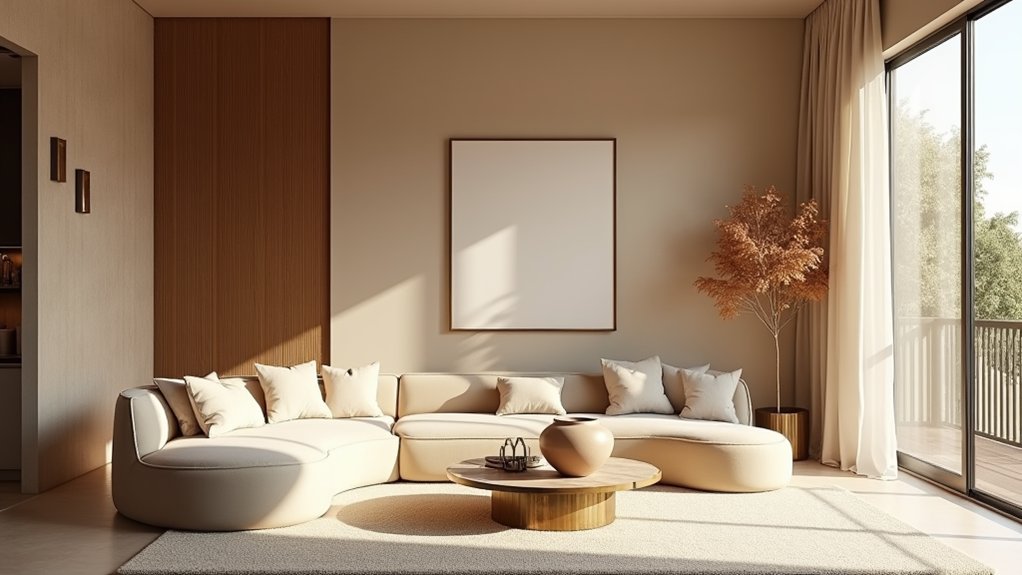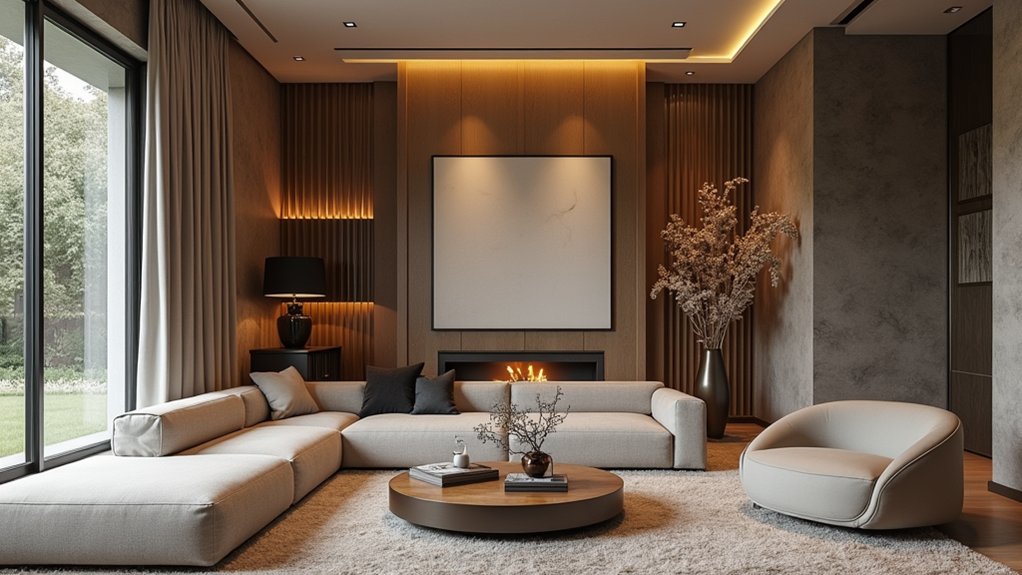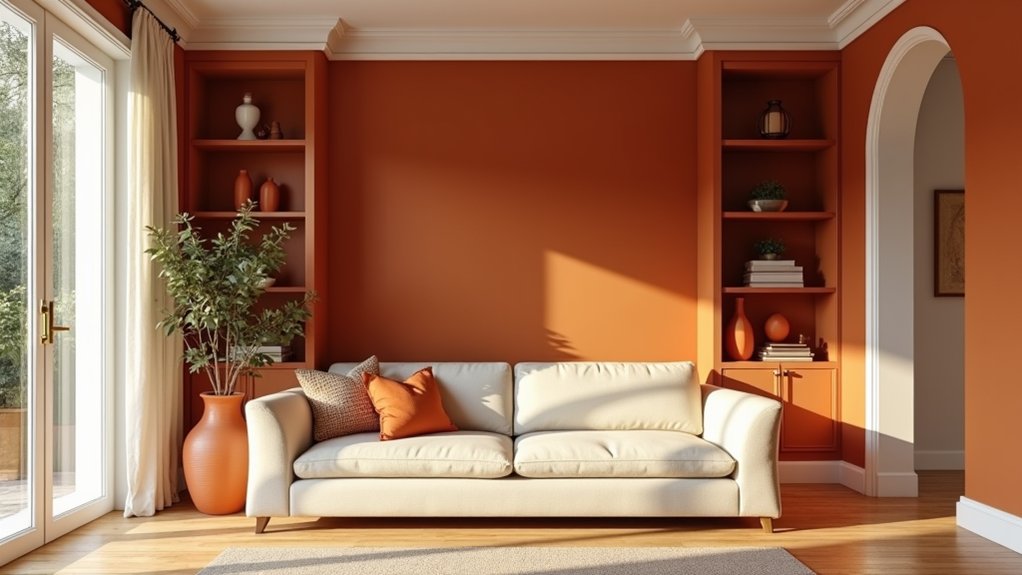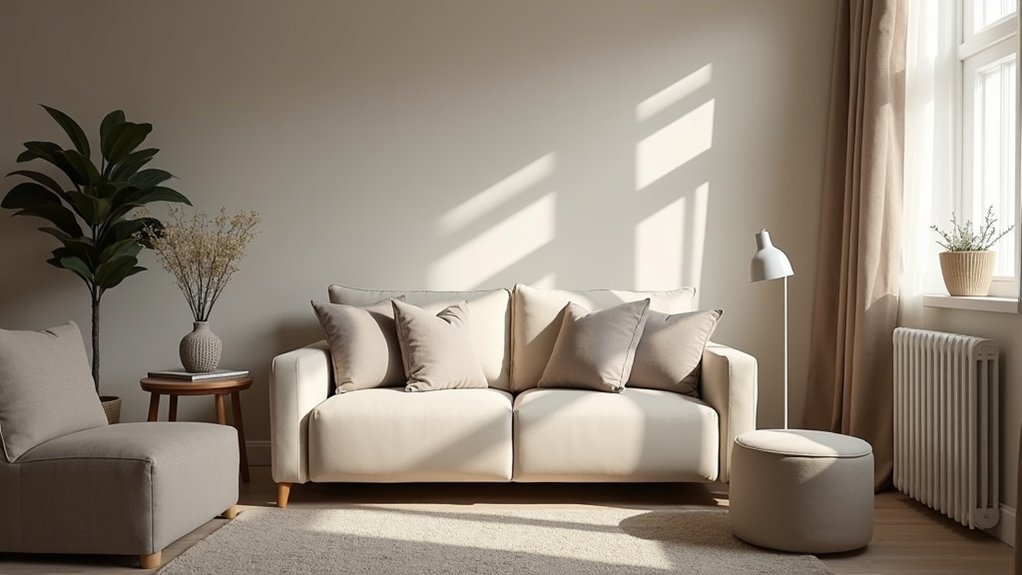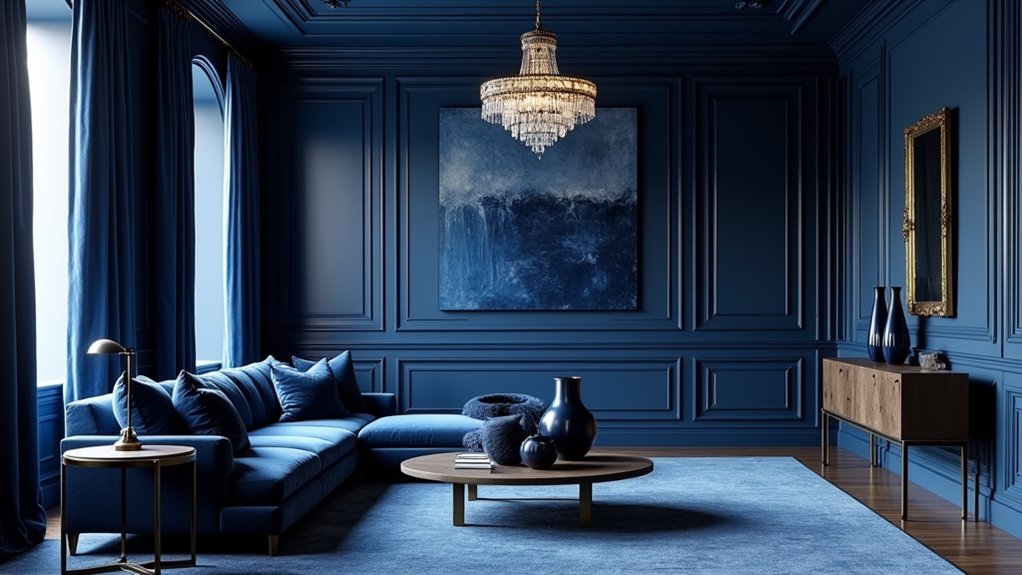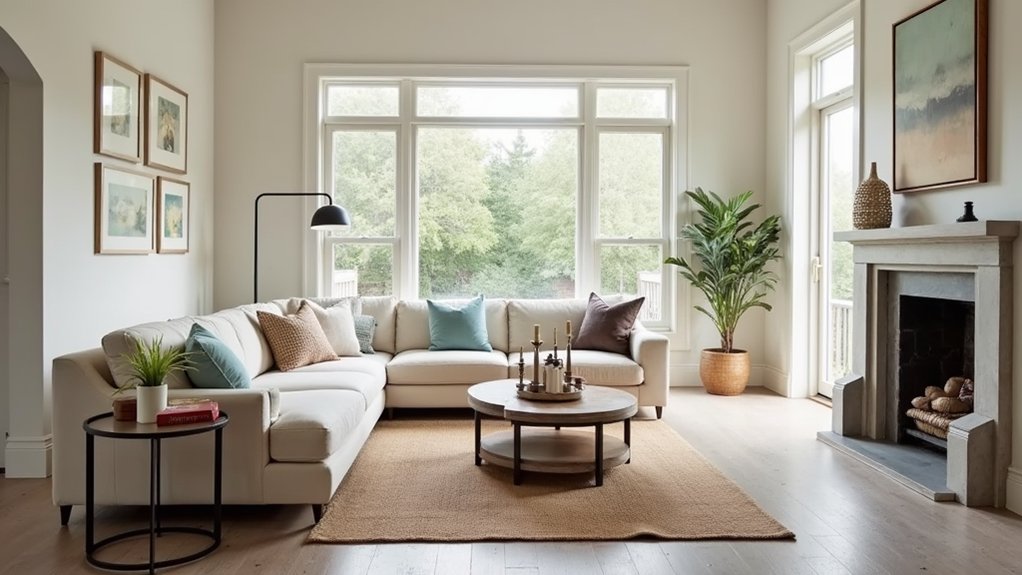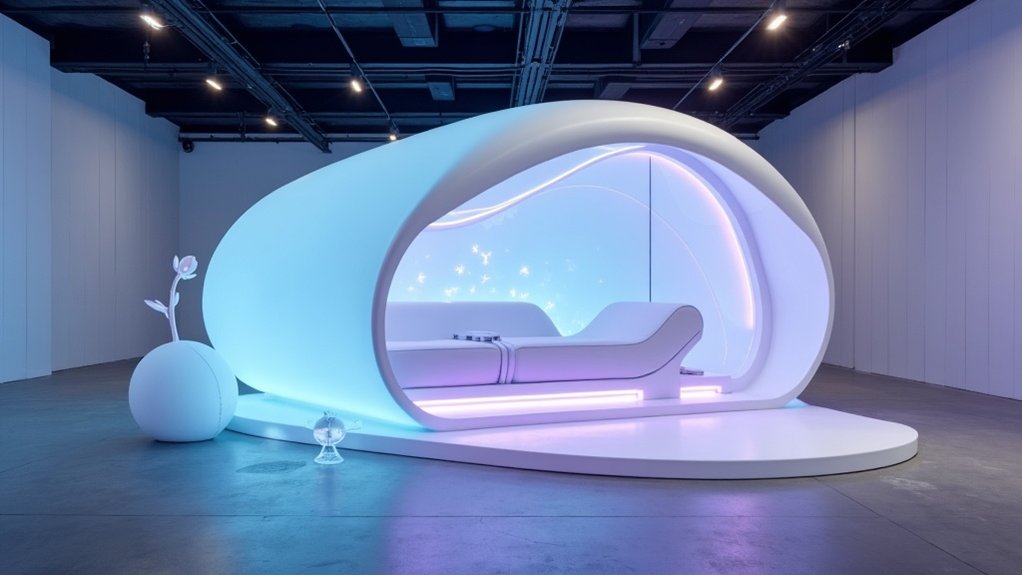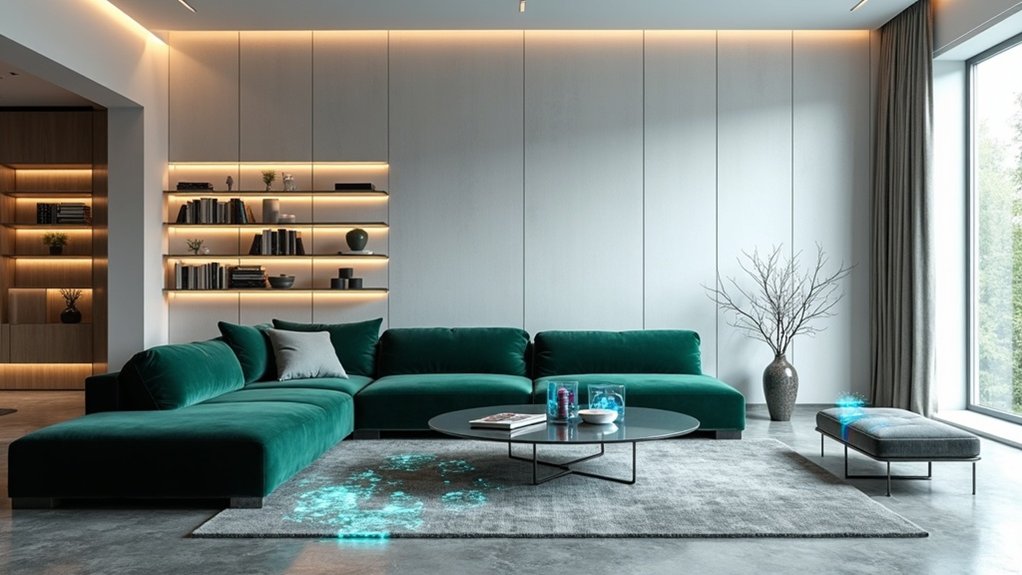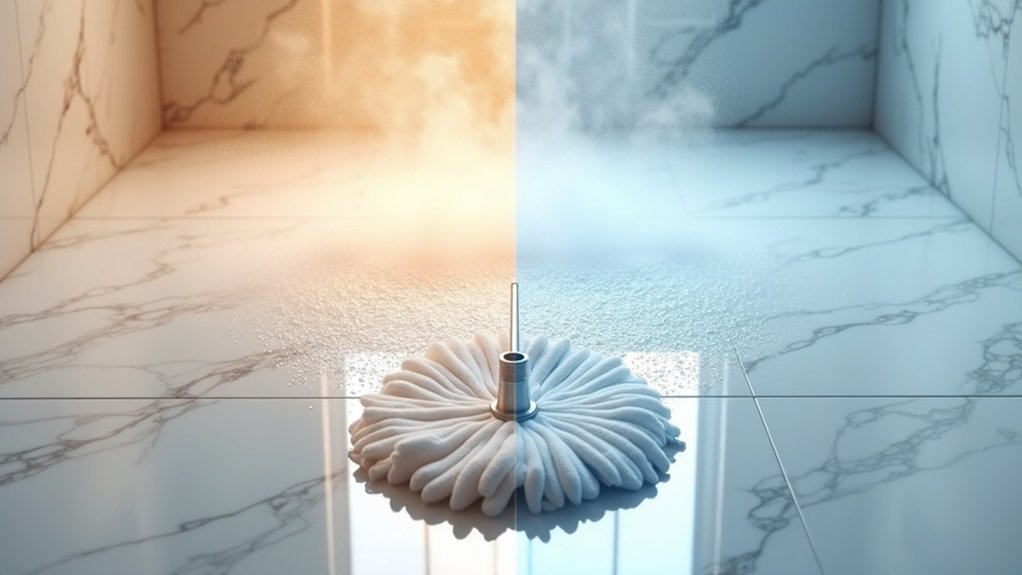Versatility stands as one of color’s most powerful attributes in contemporary design, offering transformative potential that extends far beyond mere decoration. Leading designers consistently emphasize how adaptable hues, particularly those inspired by nature, can seamlessly transition across various design aesthetics while maintaining their impact. Colors like sage, dusty blue, and cinnamon slate have emerged as particularly versatile choices, capable of serving as both foundational elements and striking accents.
These adaptable colors demonstrate remarkable flexibility under different lighting conditions, a significant factor in their growing popularity. Interior designer Sarah Chen notes, “Muted tones with complex undertones perform exceptionally well across both natural and artificial lighting, maintaining their integrity throughout the day.” This adaptability proves especially valuable in transitional spaces like hallways and open-concept areas, where consistent color presentation remains vital for unified design. The integration of Palazzo AI tool helps homeowners visualize these colors in their own spaces before committing to a choice. Additionally, the warmth of baked earth tones can enhance the overall ambiance of a room, creating inviting environments.
Versatile colors with subtle undertones maintain their character across varied lighting, creating seamless transitions in modern living spaces.
The psychological impact of these versatile hues further amplifies their appeal. Soft blues and greens promote relaxation and focus, while warm neutrals and earth tones create a sense of security and groundedness. These effects persist across different design styles, from minimalist to maximalist approaches, allowing homeowners to adapt their spaces without sacrificing the emotional resonance of their color choices. The addition of rich burgundies adds dramatic depth while maintaining a timeless foundation in furniture pieces.
Perhaps most significantly, these versatile colors demonstrate remarkable staying power in an industry often driven by fleeting trends. Design specialist Michael Roberts explains, “Today’s most enduring colors incorporate timeless qualities – subtle complexity, balanced undertones, and an ability to complement diverse materials.” This longevity translates to practical benefits, as spaces can evolve through different design phases without requiring complete color overhauls.
The application of these versatile colors extends across various room functions, from creating energetic social hubs to crafting calming retreats. Whether used to visually expand tight spaces or add intimacy to larger rooms, these adaptable hues prove their worth through their ability to support multiple design objectives simultaneously.
This functional flexibility, combined with their timeless appeal, positions these colors as invaluable tools in contemporary interior design.
